
Resetting an odometer can be accomplished in various ways, including tampering with the vehicle’s electronic systems and odometer. This practice is sometimes performed for legitimate reasons, such as after changing the car engine or a gauge. However, the technique is most usually connected with fraudulent actions, with the purpose of deceiving potential buyers about a vehicle’s actual mileage.
The repercussions of resetting an odometer are substantial and far-reaching. For buyers, this could result in getting a car that is significantly older and more damaged than it seems, resulting in unforeseen repair expenditures and safety risks. In a broader context, it affects trust and damages both car sellers and customers.
To reset an odometer, you need to use the vehicle’s onboard computer system. First, turn the ignition key to the “on” position without starting the engine. Then, push the appropriate button on your dashboard to access the odometer display. Once the odometer reading is shown, press and hold the reset button until the numbers reset to zero. This procedure may vary slightly across cars, so check your owner’s handbook for exact instructions.
Different car models have varying methods for resetting the odometer. For instance, some vehicles require you to access a hidden menu within the infotainment system, while others might need a combination of button presses on the dashboard or steering wheel. Individuals utilize odometer correction devices or software to change the indicated mileage. However, such approaches should be addressed with caution as they are frequently illegal and can result in serious legal problems if used to falsify the vehicle’s true mileage.

Manual odometer rolling back is the process of physically changing a vehicle’s mechanical components to reduce the indicated mileage. This usually involves removing the odometer, detaching it from the vehicle’s drive system, and physically twisting the gears to roll back the numbers.
This manipulation has an impact on the gears and dials that represent mileage in classic mechanical odometers. Turning these components backward reduces the displayed mileage, making it look as if the car has driven fewer miles than it has. This is frequently used to deceive potential purchasers about the vehicle’s wear and tear.
The electronic control unit (ECU) in modern cars includes the odometer and uses software to track and show mileage. To alter the recorded mileage by software manipulation, a person often has to use special equipment or connect the software to the car’s engine control unit (ECU). This can be done for a number of reasons, such as concealing severe wear and tear or increasing the vehicle’s resale value by showing lower miles.
Odometer chip reprogramming is a way to electrically change a vehicle’s mileage reading. Modern cars include digital odometers that are controlled by an inbuilt microprocessor or chip. An expert gains access to the vehicle’s computer system during reprogramming. They then change the mileage information recorded in the chip to show a different figure.
For example, imagine suddenly a car’s odometer fails and displays incorrect miles. To resolve this, a specialist can reprogram the odometer chip. They would retrieve odometer chip data and enter the right mileage. For example, if the odometer displays 150,000 miles after a repair but the real mileage is 120,000, the technician can reset the chip to display 120,000 miles. This technique guarantees that the vehicle’s mileage correctly reflects its usage, resulting in consistency and accuracy in automobile statistics.
Instrument cluster switching is the practice of replacing the instrument cluster, which shows important vehicle information, such as speed, fuel level, and miles, with another cluster, usually from a different vehicle. This process is normally performed to repair or improve the mileage display, but it may also be used to change the vehicle’s mileage readings.
To change the mileage, the new or replacement cluster’s odometer reading must be adjusted to match the original or desired mileage. You can do this by using specialized tools or software that interfaces with the vehicle’s electronic systems. The calibration of the new cluster is crucial for accurate mileage reporting, which is important for maintaining vehicle value and ensuring compliance with legal requirements.
ECU (Engine Control Unit) replacement involves swapping the original computer system in the vehicle with a new or remanufactured one. The ECU regulates a variety of engine operations, including fuel injection, ignition timing, and pollution levels. Replacing it can solve problems, including engine performance or electrical malfunctions.
Changing mileage with an ECU replacement means either reprogramming the new ECU to match the car’s genuine mileage or modifying the mileage data contained in the ECU. This method is occasionally used in car sales to fix mileage differences, although it can be illicit and unethical if used to mislead buyers. The ideal method includes honest disclosure and meticulous logging of any mileage modifications made.
Disconnecting a car battery means removing it from its terminals, which usually resets the car’s whole electronic system. Once the battery is disconnected, the ECU loses its power source. This reboot might reset or change stored data, including the vehicle’s mileage statistics.
But how does it affect car mileage? People intentionally remove the battery from its source to trigger electronic malfunction and force the system to reset. The ECU controls the odometer, which monitors the car’s miles. Unplugging the battery can occasionally mislead the vehicle’s system into reporting lower mileage or returning to default data.
Wheel sensors are responsible for tracking and monitoring car wheel speed and rotation. Their correct functionality is essential for anti-lock braking systems (ABS) and electronic stability control (ESC). Manipulating these sensors could significantly affect the data received by the vehicle’s computer system.
Manipulating the sensors to report false tire speeds is a common way of tampering. For instance, the odometer’s mileage may be artificially reduced if the sensors record less speed. In this case, the system will calculate mileage based on the wrong speed information. This tactic is often used to deceive potential buyers and pretend as if a vehicle has driven much less mileage.
The mileage blocker is a specialized device commonly employed by automotive testers and technicians during the vehicle evaluation and testing process. Its primary purpose is not to reset or alter the mileage records of a vehicle. Instead, it is designed to prevent adding new miles while a car is in motion.
Despite its lawful usage in testing conditions, the mileage blocker is often used unethically since it is the only device with untraceable performance.

A mileage blocker, also known as a kilometer stopper or can blocker, is a device that stops the mileage recording process in vehicles. It is the only instrument that is absolutely undetected, which makes it so special. It should be noted that the mileage blocker does not remove, reset, or rollback any miles.
The mileage blocker is connected to the dashboard and you can easily install it with the DIY installation instructions. This tool is small, heat and cold-resistant, composed of high-quality materials, and stands out for its efficiency. Additionally, the mileage blocker has numerous settings and may be controlled entirely via a mobile app. You can purchase the mileage blocker from the SKF website.
Unfortunately, some individuals use the gadget maliciously, deceiving buyers or raising the price of a car. The mileage blocker gadget is solely advised for ethical and legal purposes.
Resetting an odometer can be done in a variety of ways, including manually rolling back mechanical dials, using software to change digital readings, and reprogramming memory chips. Advanced approaches include changing the ECU or instrument cluster and adjusting mileage using specialist equipment or software tools, which can lead to fraud problems. However, most of them are illegal and easily detectable by scanner devices.
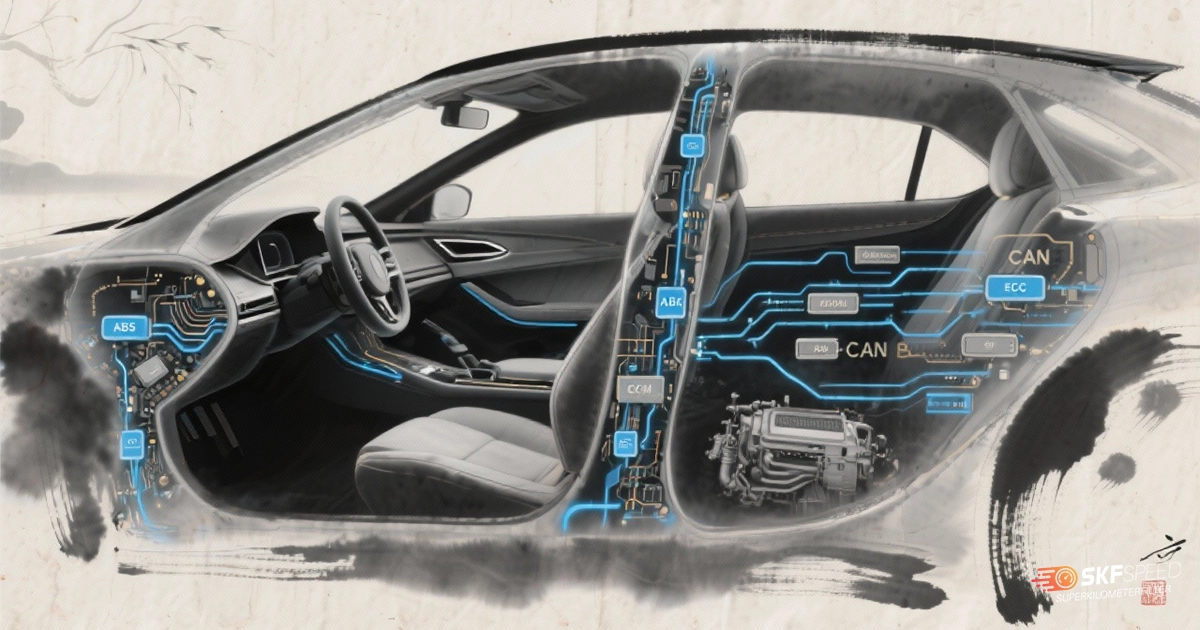
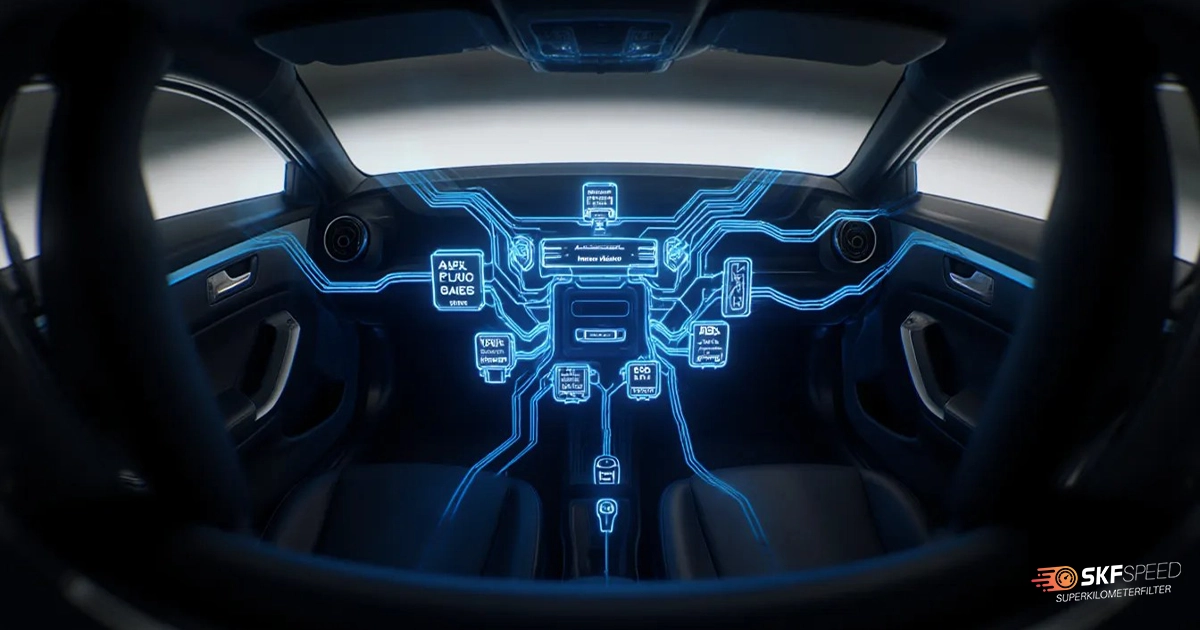
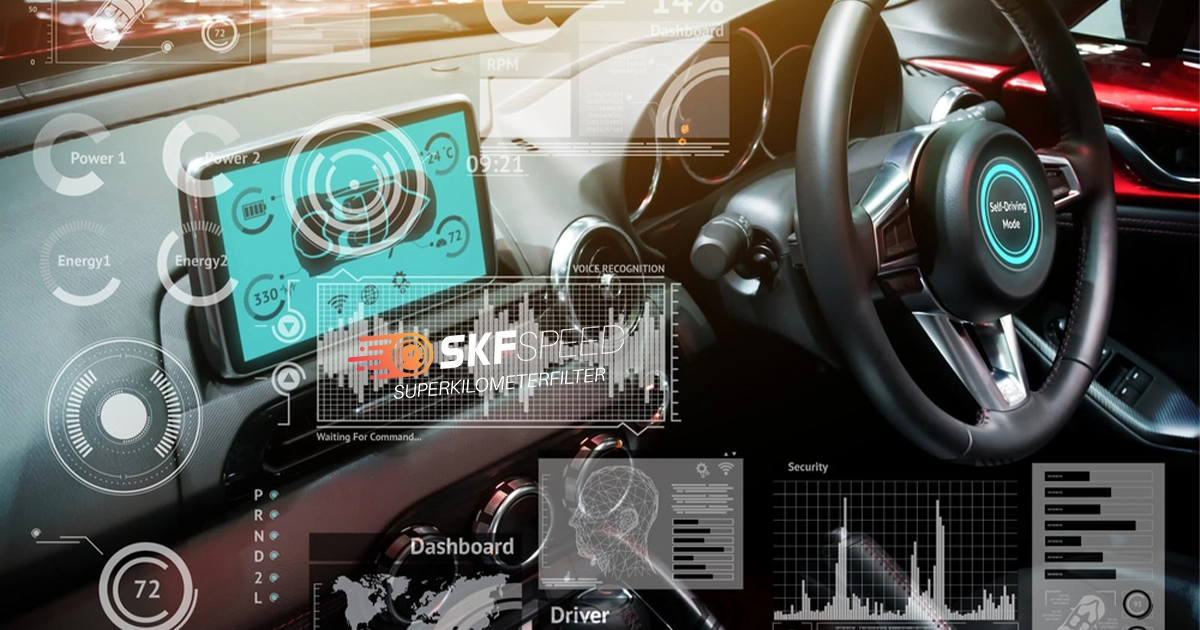

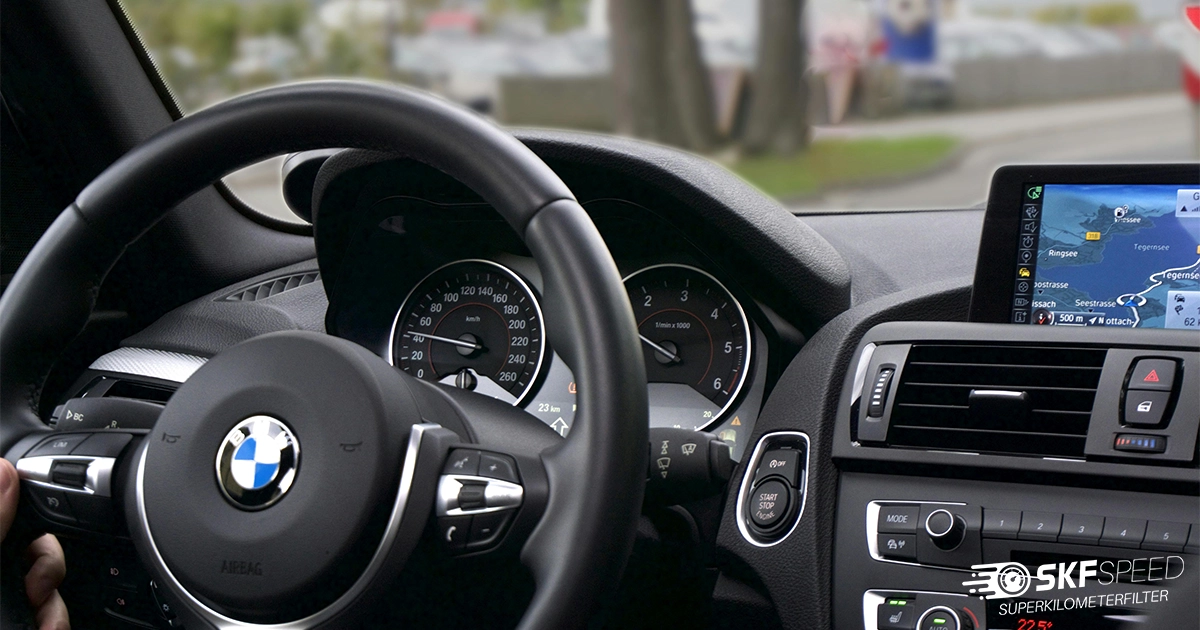

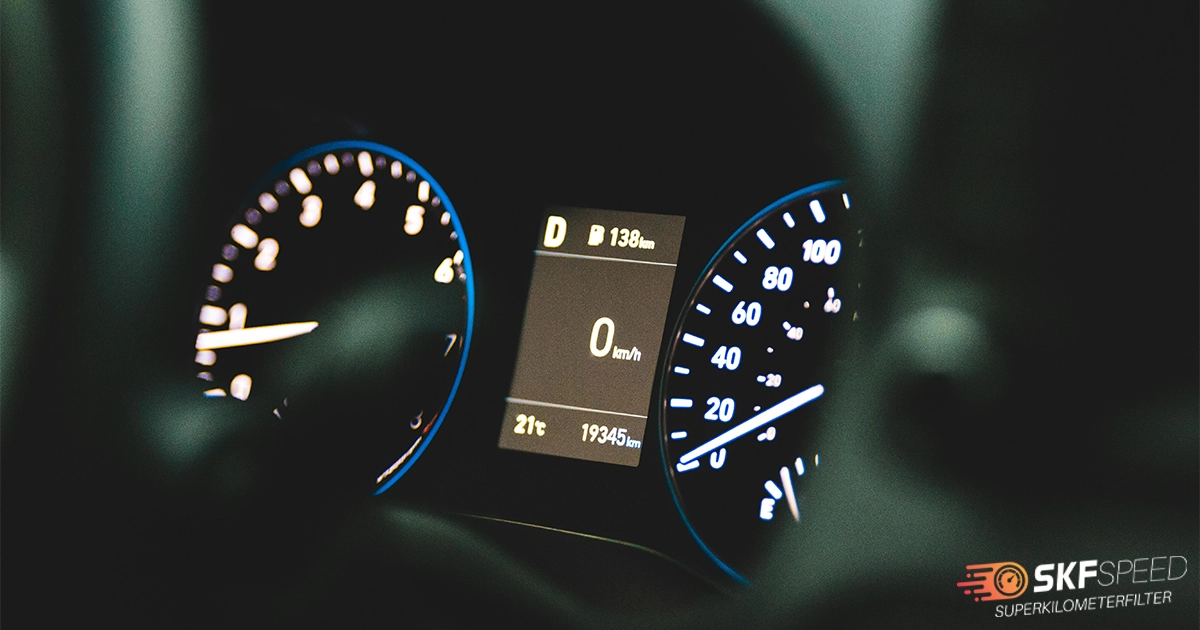
Here you will find all the details about our company
Here you will find shipping and return related information
Here you will find information on all technical questions
Here you will find helpful information about installation